Researchers use AFLP markers, two-stage selective genotyping
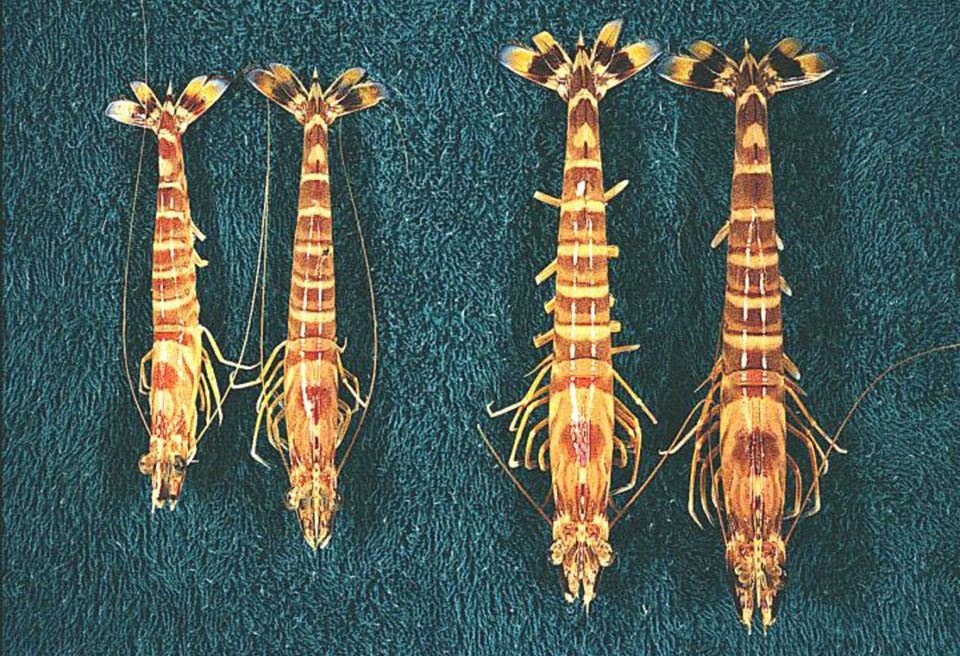
The Kuruma prawn (Penaeus japonicus) is an important farmed species in Southeast Asia and Australia. Its domestication and genetic improvement have been relatively slow compared to other aquaculture species and most terrestrial livestock. The principal barriers have been the ready availability of wild prawn broodstock and postlarvae, a lack of understanding of prawn reproductive biology, and perceptions of low potential for genetic improvement.
The rapid development of genetic maps with DNA markers in numerous biological species offers much promise in the quest to more fully resolve cellular, developmental, and evolutionary processes.
Molecular markers
Genetic mapping using molecular markers such as microsatellites, random amplification of polymorphic DNA, and amplified fragment-length polymorphism (AFLP) markers has progressed in several aquaculture species. These include Atlantic salmon, channel catfish, rainbow trout, hybrid tilapia, oysters, and black tiger prawns.
In comparison to other species, genetic mapping and quantitative trait loci (QTL) detection for penaeid species have been very slow, partly due to the difficulties in generating appropriate mapping families and abundant microsatellite markers from highly repetitive DNA genomes. AFLP techniques have become an alternative marker system to overcome the latter problem.
Mapping study
To identify QTLs in Kuruma prawns that affect growth, the authors employed a mapping strategy that involved crosses between the extreme high and low ends of the size distribution in a group of farmed prawns. One intermediate F2 family, F1 from HH x LL and F2 from HL x LH, was chosen to generate the genetic maps.
A two-stage selective genotyping mapping strategy was applied in a recent study. The initial stage involved linkage mapping on 46 progeny from the top and bottom 6 percent of the size distribution of the family using 54 pairs of AFLP primer combinations. The linkage analyses showed nearly 70 percent genome coverage. The preliminary marker-trait association study on the population indicated the existence of potential QTL markers.
To increase genome coverage and validate the marker-trait associations with high statistical confidence, a second stage of linkage mapping was carried out on 102 progeny by genotyping an additional 56 progeny (top and bottom 8%) of the same family with the same 54 primer combinations based on the framework map from the first stage.
Results
Of 535 polymorphic fragments scored in 46 progeny of the first stage, 355 segregated in a 1:1 ratio, corresponding to DNA polymorphisms heterozygous in one parent and null in the other. The other 154 markers followed a 3:1 Mendelian segregation ratio. Of 502 bands scored in 56 progeny of the second stage, 359 segregated in a 1:1 ratio and 138 in a 3:1 ratio.
When the markers with a 1:1 segregating-ratio were combined from both stages (401 in total), 217 markers were ordered into 43 linkage groups (1780 cM) of the paternal map and 125 markers in 33 linkage groups (1026 cM) of the maternal map (Table 1).
Li, Summary statistics for the second-stage linkage map, Table 1
| Statistic | Male | Female |
|---|
Statistic | Male | Female |
|---|---|---|
| Total number of markers scored | 251 | 150 |
| Number of markers mapped (linkage to at least one other marker) | 227 | 125 |
| Linkage groups | 43 | 31 |
| Average number of markers per group | 5.3 | 4 |
| Minimum number of markers per group | 2 | 2 |
| Maximum number of markers per group | 10 | 8 |
| Average marker spacing (cM) | 9.68 | 10.9 |
| Minimum length of linkage group (cM) | 0.0 | 5.1 |
| Maximum length of linkage group (cM) | 102.7 | 78.4 |
| Total genome coverage (cM) | 1,780.8 | 1,026 |
The map separation, or average recombination frequency among linked markers, was about 10%, which is just within the rule-of-thumb limit for finding associations between neutral markers and QTLs. In comparison to the haploid number of 43 chromosomes for the species, this study achieved the total high genome coverage. However, markers were dense in the large linkage groups of the genome and more widely separated in others. The presence of more polymorphic markers in the male parent resulted in a higher apparent genome coverage in the male map.
The authors identified potential regions in the P. japonicus genome that have a role in determining growth performance. Two QTL regions were identified from the male linkage map.
The sex of the progeny from the mapping family was recorded and treated as a marker. Of the 102 individuals, 54 were females and 48 males. Interestingly, sex was tightly mapped into a linkage group of the female map. The confirmation of sex-linked markers on the maternal but not paternal map led to an interesting argument that females may be the heterogametic sex in this shrimp species.
The current linkage map is the first to map a sex marker on the maternal map. It has the potential for eventually yielding sex-determining gene sequences in crustaceans.
(Editor’s Note: This article was originally published in the February 2004 print edition of the Global Aquaculture Advocate.)
Now that you've reached the end of the article ...
… please consider supporting GSA’s mission to advance responsible seafood practices through education, advocacy and third-party assurances. The Advocate aims to document the evolution of responsible seafood practices and share the expansive knowledge of our vast network of contributors.
By becoming a Global Seafood Alliance member, you’re ensuring that all of the pre-competitive work we do through member benefits, resources and events can continue. Individual membership costs just $50 a year.
Not a GSA member? Join us.
Authors
-
Yutao Li, Ph.D.
CSIRO Livestock Industries
QBP, Level 5
306 Carmody Road
St Lucia, QLD 4067 Australia -
Keren Byrne
CSIRO Livestock Industries
QBP, Level 5
306 Carmody Road
St Lucia, QLD 4067 Australia -
Emanuela Miggiano
CSIRO Livestock Industries
QBP, Level 5
306 Carmody Road
St Lucia, QLD 4067 Australia -
Vicki Whan
CSIRO Livestock Industries
QBP, Level 5
306 Carmody Road
St Lucia, QLD 4067 Australia -
Stephen Moore
CSIRO Livestock Industries
QBP, Level 5
306 Carmody Road
St Lucia, QLD 4067 Australia -
Sigrid Lehnert
CSIRO Livestock Industries
QBP, Level 5
306 Carmody Road
St Lucia, QLD 4067 Australia -
Sandy Keys
CSIRO Marine Research
Cleveland, Queensland, Australia -
Peter Crocos, Ph.D.
CSIRO Marine Research
Cleveland, Queensland, Australia -
Nigel Preston, Ph.D.
CSIRO Marine Research
Cleveland, Queensland, Australia
Tagged With
Related Posts
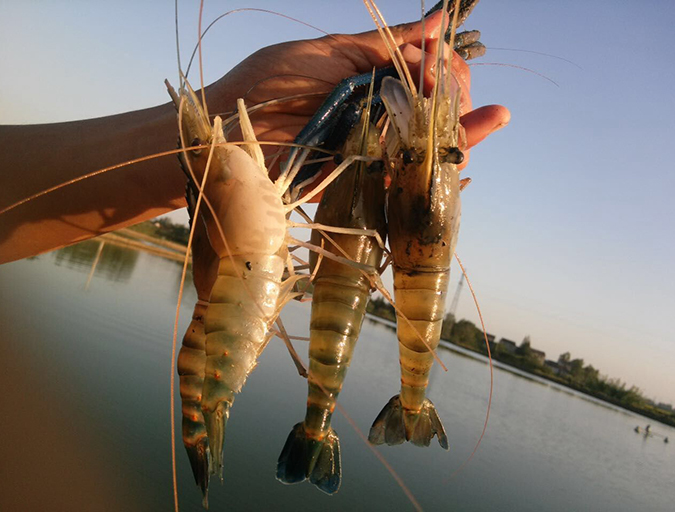
Intelligence
Culture of giant freshwater prawns in China
Farming of giant freshwater prawns is very popular in China. The Yangtze River Delta region produces more than 60 percent of the country's output. Production increases have resulted from a novel system that involves greenhouses that allow ponds to be stocked ahead by two months.
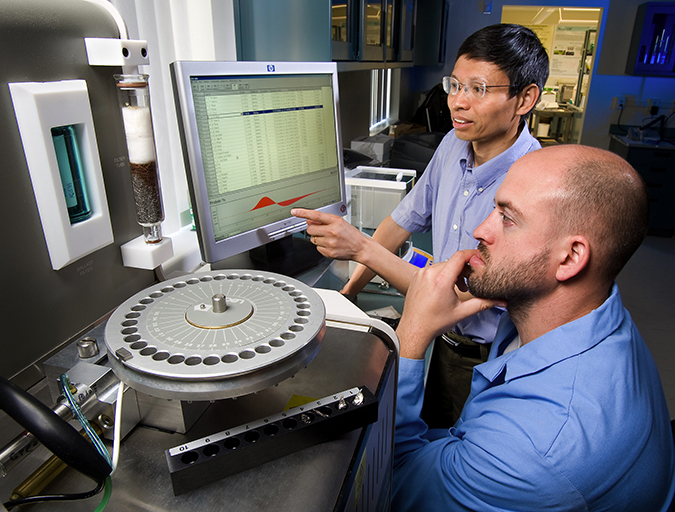
Aquafeeds
Alternative feed ingredient universe to convene at F3 meeting
What started out as a simple yet ambitious contest to drive innovation in the aquafeed sector has evolved into a fully global competition – and collaboration – amongst ingredient suppliers and feed manufacturers.
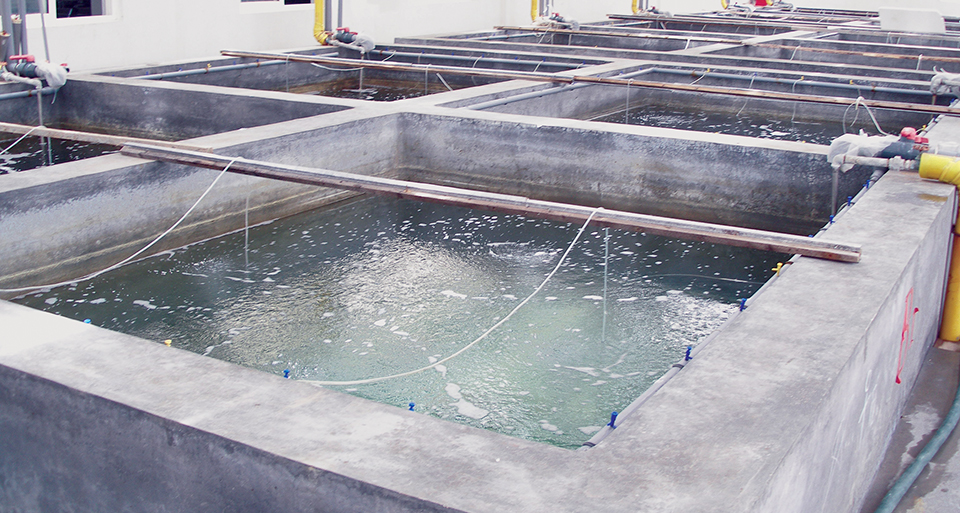
Health & Welfare
Selective breeding with fleshy shrimp
Research at YSFRI’s new Genetic and Breeding Center for Mariculture in Qingdao, China, has produced 180 full-sib and half-sib lines of fleshy shrimp.
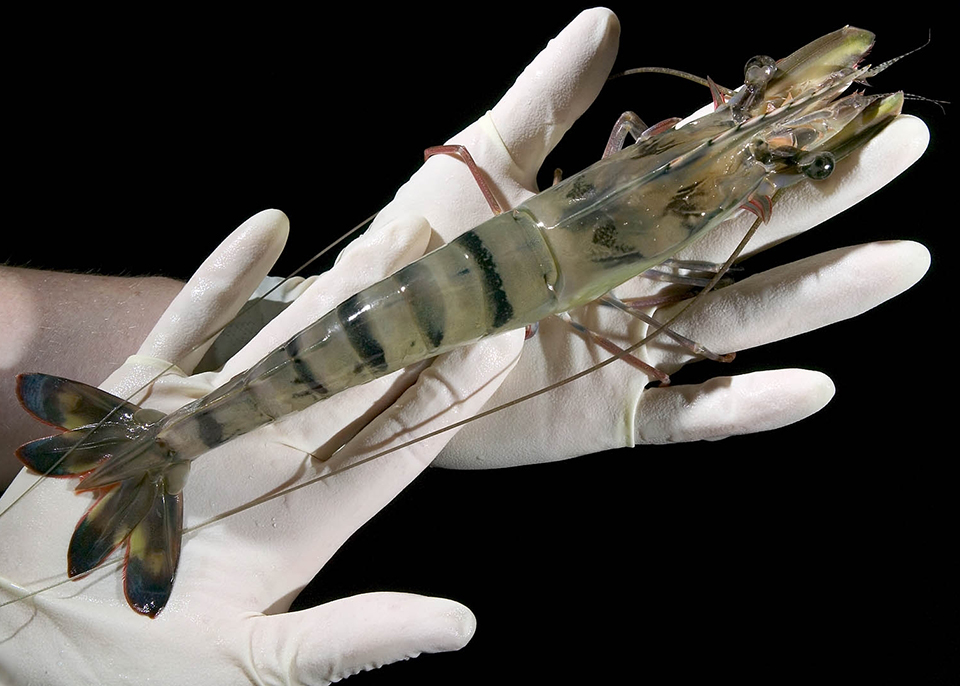
Health & Welfare
Challenges to commercializing shrimp triploidy
Once satisfactory performance is demonstrated in commercial larval rearing and grow-out, automated induction will finalize the triploidy commercialization.


